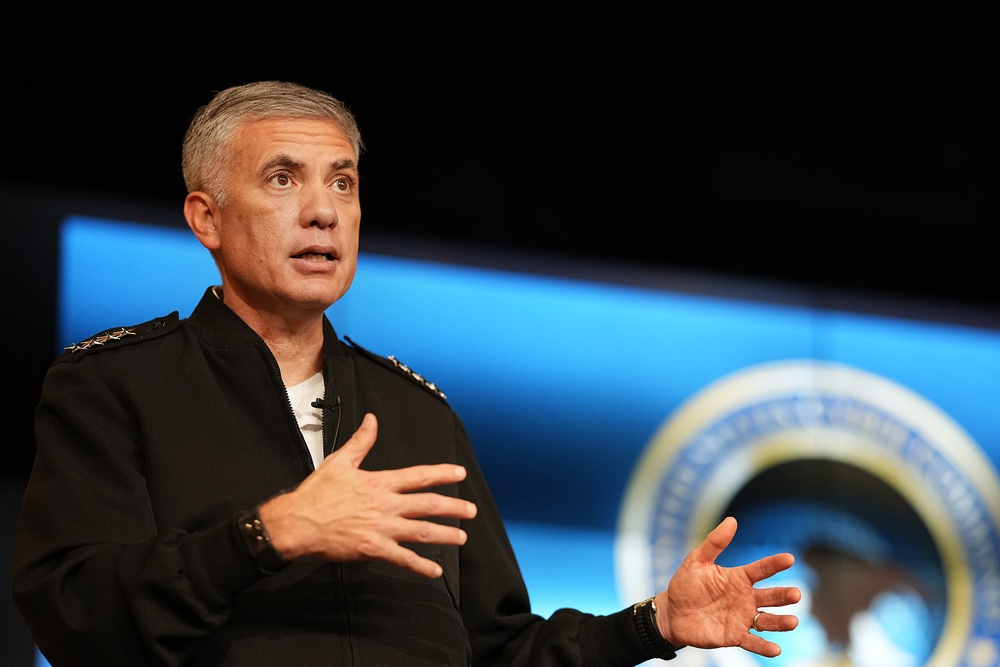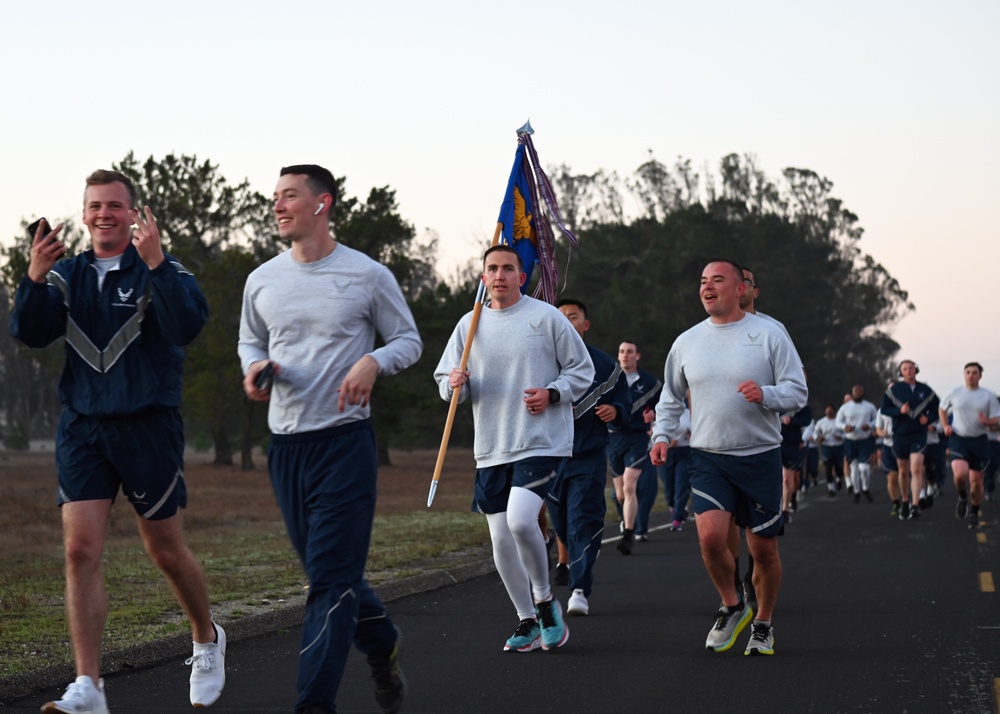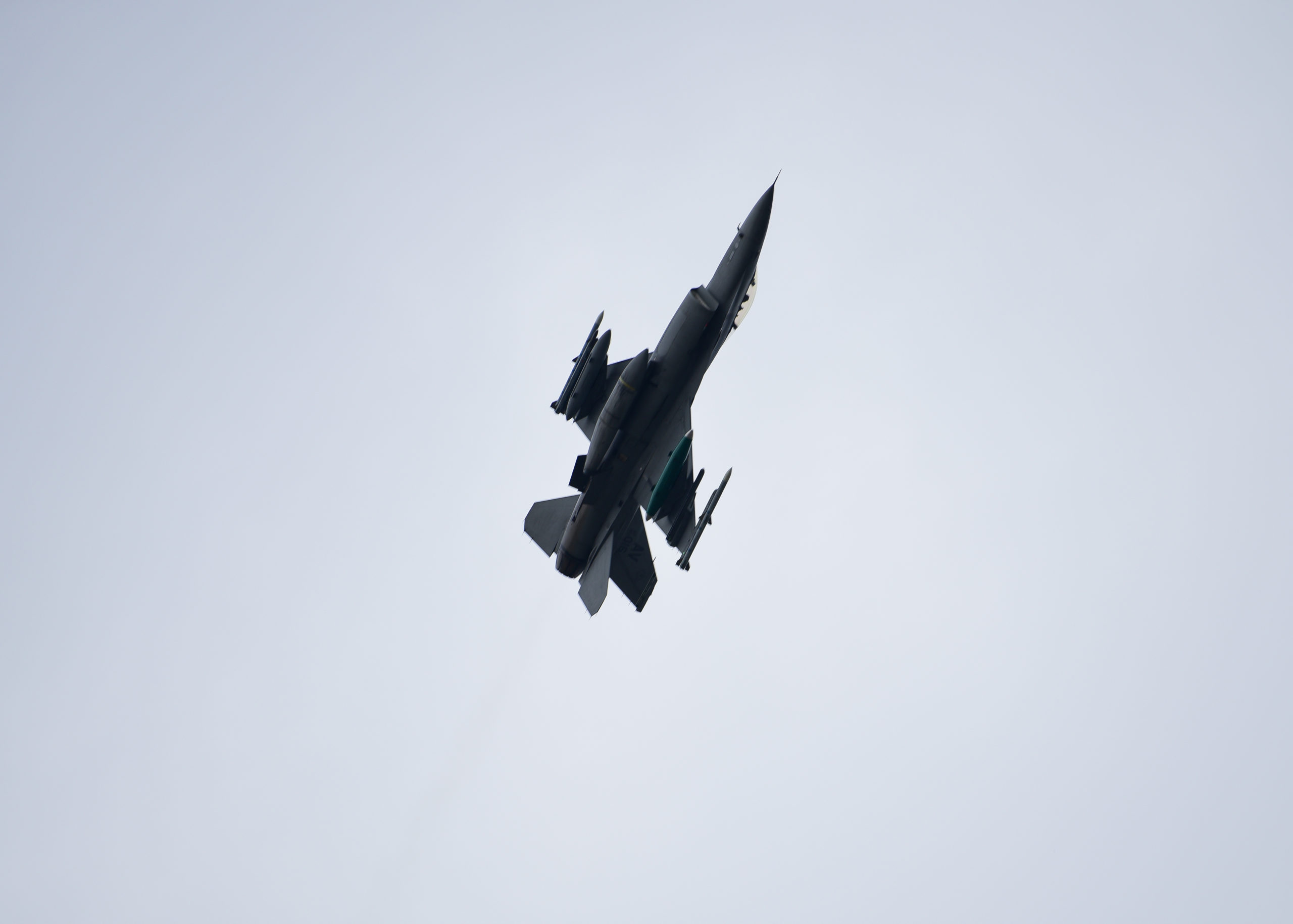President Joe Biden’s administration and the Defense Department are looking at the possibility of splitting up control of U.S. Cyber Command and the National Security Agency, reviving a long-running debate over how the two organizations are led.
Since the stand-up of CYBERCOM in 2009, its commander has functioned in a dual-hat role as the director of the NSA, an arrangement meant to help the new combatant command get off the ground. Gen. Paul M. Nakasone currently holds both titles.
For years now, lawmakers, analysts, and DOD officials have debated when or even if to separate the two positions. In December 2020, then-President Donald Trump’s administration delivered a proposal to split the leadership roles, only for the plan to be rejected as officials said CYBERCOM had not met the conditions to do so required by law, according to The Washington Post.
The issue came up again March 17 in a hearing before the House Armed Services intelligence and special operations subcommittee, as Rep. Don Bacon (R-Neb.) asked Ronald S. Moultrie, undersecretary of defense for intelligence and security, for his view on the potential change.
“I would say that from a Department of Defense perspective, we certainly recognize the value of the dual-hat role that Gen. Nakasone has played for the last four years and the role of Cyber Command and NSA over the last 12 years plus,” Moultrie said.
“I believe that the dual hat will be looked at again, just by this administration, just to ensure that we understand what the value added is, but also what the impacts are. And so that discussion is still ongoing within the department today. We understand that there’s a sentiment on both sides to really not do any harm. But I believe that it will be looked at. I think it’ll be an objective look, and we’ll make sure we reach out to you, sir.”
Nakasone, for his part, called the proposed shift a “policy discussion” but acknowledged “that is still something that is being considered.”
Having held his position for nearly four years, though, Nakasone did continue to endorse the dual-hat arrangement from an operational perspective.
“My best military advice, as it was when I first came in the job and after three-plus years in it, is the fact that through elections, through problems with Iran, through ransomware, and now with Russia-Ukraine, what the dual hat has allowed us to do has been able to take and be able to focus efforts from the National Security Agency and U.S. Cyber Command on very, very difficult problems: influence, ransomware, strategic competition in one domain—in cyberspace,” Nakasone said. “We both operate there, and being able to have action, being able to have unity of effort, and being able to have agility is what the dual hat has been able to allow me to do over the past three-plus years.”
Rep. Ruben Gallego (D-Ariz.) called Nakasone’s comments “a pretty good endorsement to me,” and Bacon, a former Air Force ISR commander, also strongly urged his colleagues to oppose changes to the current arrangement.
“These cyber teams—the core of them are NSA folks. So if you have two four-stars with different visions and different direction, I don’t see how you keep a unified direction for the cyber team,” said Bacon, who served in the Pentagon as director of ISR strategy, plans, doctrine and force development for the Air Force. “But that’s just my two cents being down at the O-5, O-6, O-7 level when I was in. I like the way it’s set up now.”

























